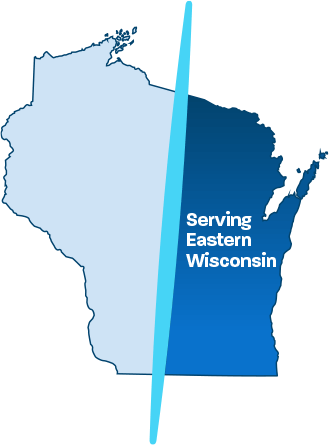Windows Server 2008 End of Life: What to Do Now
Despite some gains from Linux and other alternatives, Microsoft remains the undisputed leader in the operating systems marketplace, and their flagship Windows Server line is the gold standard for companies worldwide. From early stage startups to Fortune 500 corporations, Windows Server is widely used and relied upon.
If your business is running Windows Server 2008, you have some important decisions to make. After more than a decade of faithful service and reliability, this old workhorse is finally being put to rest.
Microsoft had previously announced end of life for Windows Server 2008, but that date is rapidly approaching. So what should you do now that support is coming to an end?
Is now a good time to upgrade? What does the upgrade path look like? Here’s what you need to know to maintain a secure, stable network in light of these upcoming changes.
When Does Windows Server 2008 Expire?
Windows Server 2008 is set to expire on January 14, 2020, less than a year away at this time of writing. As of this date, Microsoft will officially cease support for its flagship Windows Server 2008 R2 product.
Mainstream support for Windows Server 2008 ended some time ago, and many companies have already upgraded, while others have not yet taken the necessary steps to do so. If your company falls into the latter category, there are risks and consequences of running outdated software, so you won’t want to put this off much longer.
Consequences of Not Upgrading
After January 14th, 2020, Windows Server 2008 will continue to function, but relying on outdated software could have serious implications for your business and customers. The most obvious problem is that updates will no longer be available, including vital security patches, but that’s not the only drawback.
Failing to upgrade to a newer version of Windows Server could slow down your network and hinder productivity. Relying on an outdated operating system is always a dicey proposition, but the dangers are even greater when the hardware involved is a critical server and not a generic desktop.
What Are the Windows Server 2008 Upgrade Options?
Fortunately, there are a number of upgrade paths available, and there is still time to choose the one that works best for your company. For some businesses, the most viable option will be migrating to the cloud. Many companies have already made this choice and never looked back.
Move to the Cloud
Migrating to the cloud can free your businesses from constant hardware maintenance issues and the cost of replacement servers while ensuring a steady stream of updates and security patches. Moving to the cloud also makes remote work easier and simplifies file storage, file sharing, and other business-critical activities.
Upgrade to Windows Server 2016
Upgrading to the newest server operating system is another option to consider. While Windows Server 2008 is rapidly reaching the end of the road, Windows Server 2019 is still in its prime. By upgrading to the newest server operating system, you can keep your server hardware onsite while enhancing your existing IT infrastructure.
Assess, Migrate, Optimize
No matter which option you choose, you’ll want to take stock of your existing software products and other applications. Ensuring compatibility is a critical step in any upgrade path, whether you choose the simplicity of the cloud or the security of an in-house server migration.
As the Windows Server 2008 end of life grows near, the sooner you map out your upgrade path, the better. There are a variety of factors to consider before making a definitive decision:
- The number of third-party and in-house software products your company uses
- Which custom processes your company relies upon
- The extent of initial training and retraining that will be required
While Microsoft is generally quite good about determining software compatibility and testing server operating system upgrades, when critical business operations are at stake, you need an expert in your corner.
Ontech Systems can be your partner throughout the entire upgrade process, from assessing your current software installation and hardware infrastructure to developing a stable, secure path forward.
Whether you choose an on-site upgrade to to server 2019, which includes downgrade rights, or a move to the cloud, Ontech is here to help you every step of the way. Just give our support team a call today at 262-522-8560 to discuss your upgrade needs or contact us online and let us know how we can help.






